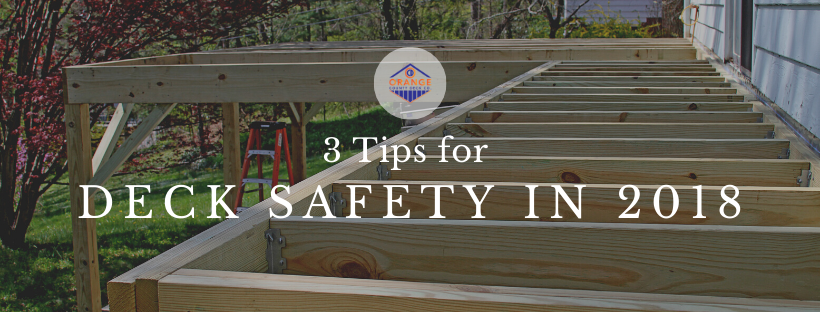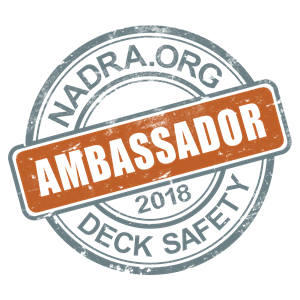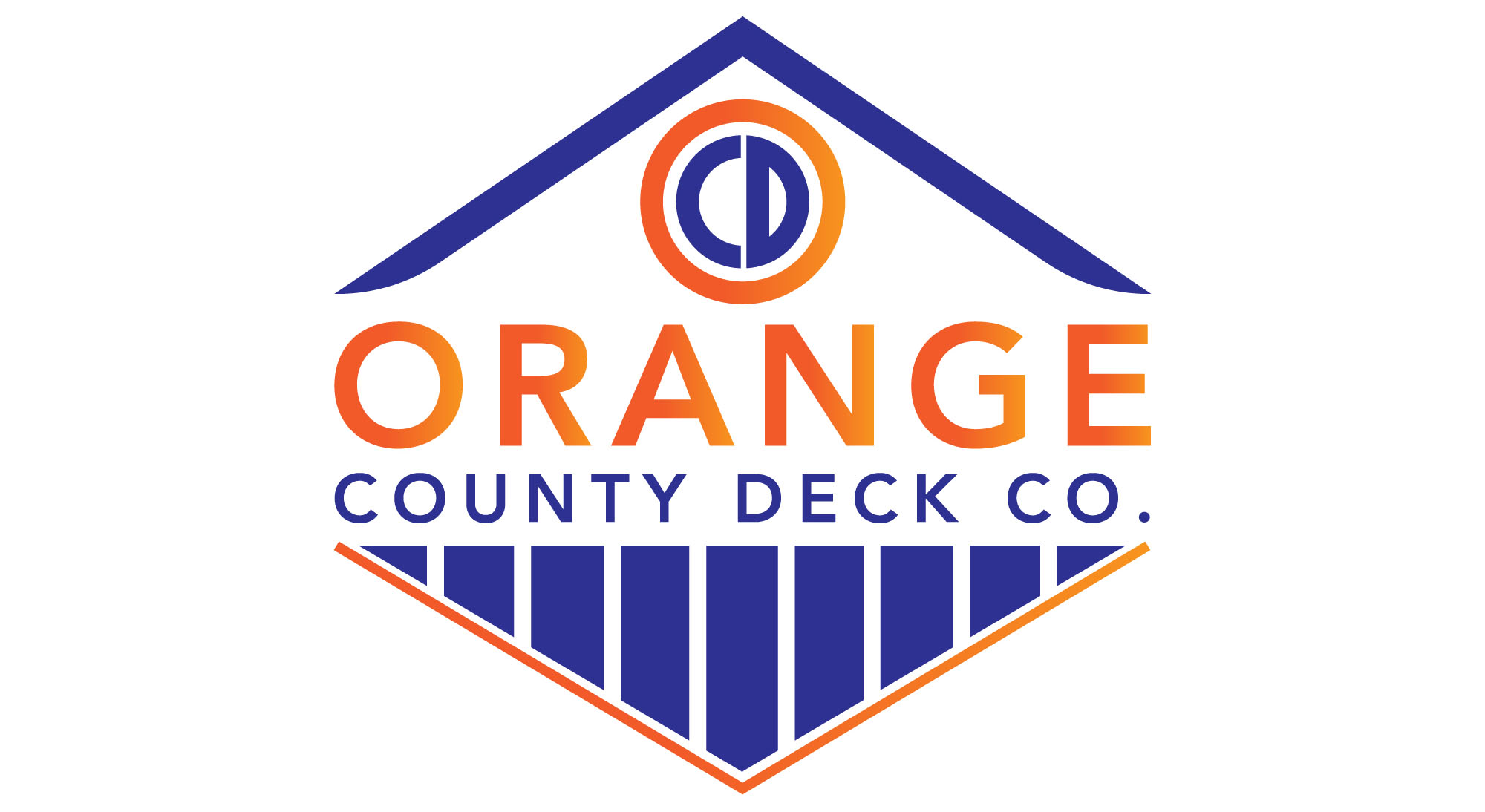3 Tips for Deck Safety in 2018

3 Tips to Check the Safety of Your Deck

Deck safety is a matter that We at Kehoe Kustom take very seriously. Thousands of people are injured every year in accidents involving unsafe decks. With the summer months approaching, it’s only natural that families will be spending more time outside, and that means more time on the deck. We wanted to give you a few tips, as well as a NADRA Check-List on how to identify potentially hazardous deck issues so that you and your family can enjoy the summer outside with no worries.
Before we get to the tips, it should be noted that in any safety scenario the best course of action is to get an official inspector to check out your deck. You can do an informal inspection yourself, but we highly recommend leaving the final decision to a professional. Safety first!
On to the tips!
Tip 1: Rotting Wood, Cracks, Bug Damage
Warning Signs to Look Out For
General wood damage can be easy to spot. Large cracks and rotting wood are sure signs of a troubled deck. Bug damage has the potential to be more difficult to spot. Since there are very few places a bug can hide on your deck, you should be able to spot bug damage with a slightly closer look. Things you should look for are abnormal holes, some with small collections of saw dust at the opening, areas in the wood that appear to be carved away, multiple bugs in the same area consistently, etc. Also, most modern decks are built with treated wood that bugs don’t like. Does one crack or one rotten spot mean your whole deck is bad? No, it doesn’t. It is in your best interest to have those small spots repaired immediately before they become large spots. Also, washing and staining your deck at least once every few years is a good way to prevent damage in the first place.
Tip 2: Rusted Screws, Nails, Fasteners
All-Over Visual Check
This one is fairly straight-forward. Look all around your deck (remember above and below too) for rusted nails, screws, bolts, connectors, etc. Most of these items should be made of galvanized steel but can still rust and should be inspected. If you find rusted metal parts, it is best to have an official inspector check it out and make the final call. It may be tempting to want to make the repairs yourself, but keep in mind that other issues may arise as a result of current problems. An expert will have better knowledge of other symptoms to check for when making repairs. It is possible you may repair an obvious faulty area, but not have knowledge of other issues it may have caused.
Tip 3: Loose Railing, Weak Spots in the Wood
Careful Testing of Deck Strength
All of the things we mentioned above ultimately contribute to our last tip. Check your railing for any areas where the railing is not secure. In weak spots, check the railing thoroughly for rot, bug damage, weak joints, or rusted hardware. Make sure to check the deck flooring for weak spots in the wood as well. These areas may not be hazardous yet, but if you find an area that flexes even slightly more than the rest of your deck when stepped on, you should have it checked out. You can do an informal inspection yourself but remember that the final decision and repairs should be made by a professional.
So there a few tips to get you started on a safe and enjoyable summer. And remember, no trip to the ER will ever be worth saving a few bucks by skimping on deck safety. Have a great summer!


